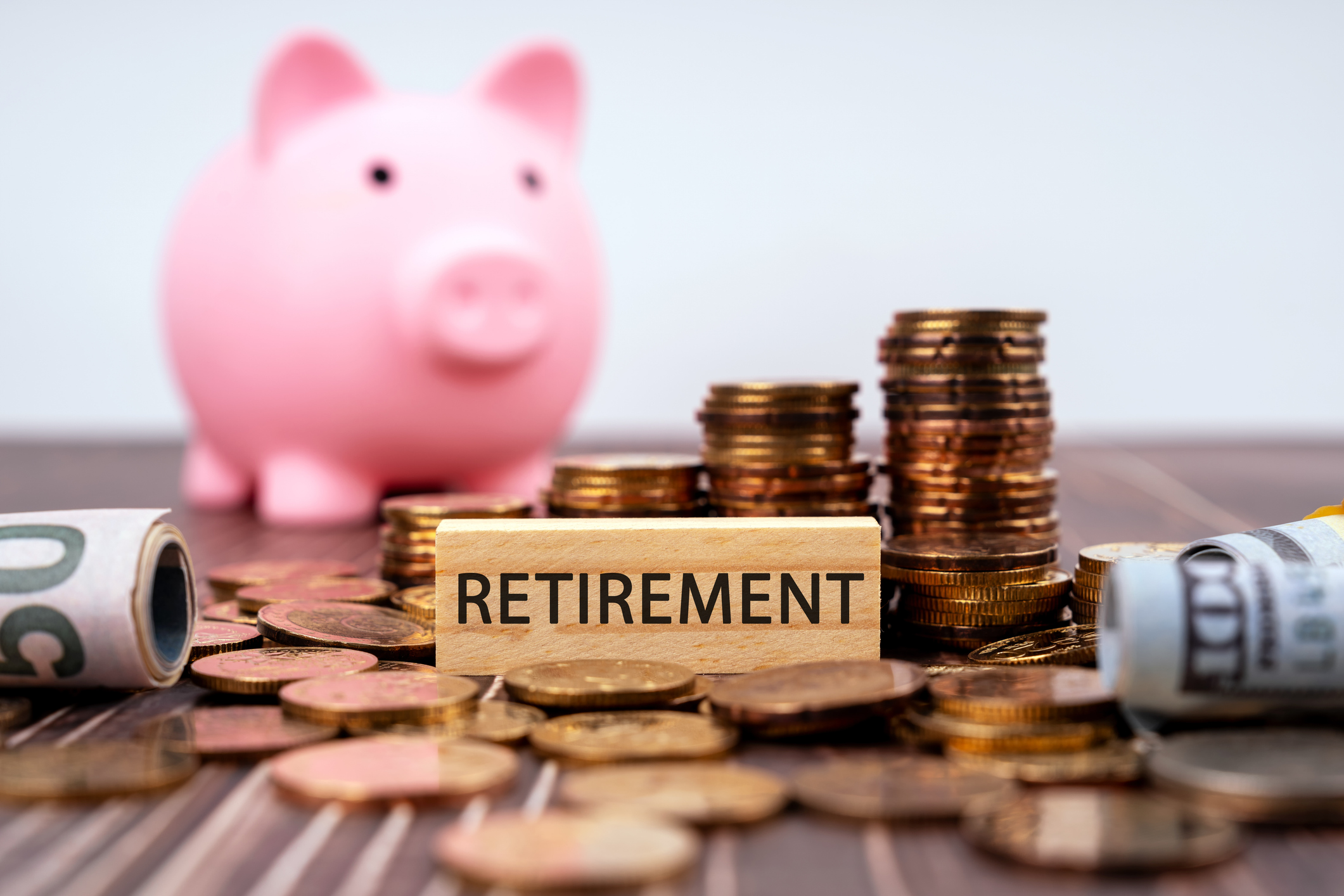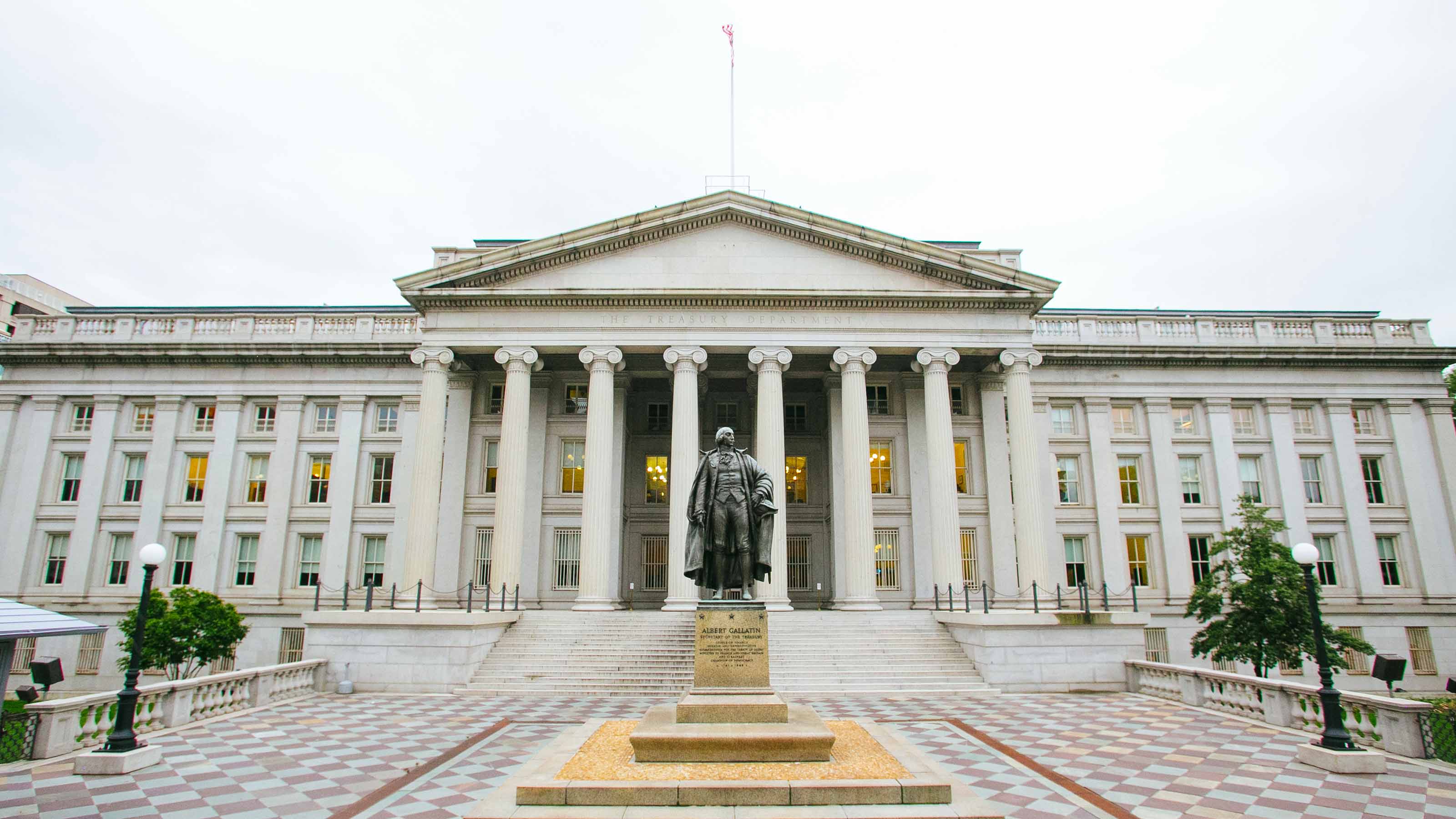The Bond Rally Isn’t Over
Bonds are no riskier today than they were a year ago. If you own them for current income and diversification, stand firm.

So far in 2014, the following income-paying investment categories are in the black, with returns ranging up to 10%: U.S. government debt of all maturities. Investment-grade corporate and municipal bonds of all maturities. Ginnie Mae mortgage-backed securities. Junk bonds. Emerging-markets bonds. Real estate investment trusts. Utility stocks. Preferred stocks.
And the following fixed-income classes are in the red so far this year: [this space intentionally left blank].
So much for the bond bears and interest-rate scolds who have been warning that higher yields will decimate fixed-income portfolios. On the contrary, this is shaping up as an excellent year for anyone who owns interest-paying investments with longer maturities than Treasury bills, bank deposits and money market funds. And the sun will shine the rest of this year and into 2015. Yes, Kiplinger’s expects the economy to improve, with gross domestic product growing at an annual rate of close to 3% later this year. So interest rates might creep up a bit; the yield on ten-year Treasuries, 2.6% today, could go to 3% and stick (yields and returns are through April 30). But such a move would be trivial when put up against all the anti-bond agitprop that still litters Wall Street and the Internet.
From just $107.88 $24.99 for Kiplinger Personal Finance
Become a smarter, better informed investor. Subscribe from just $107.88 $24.99, plus get up to 4 Special Issues

Sign up for Kiplinger’s Free Newsletters
Profit and prosper with the best of expert advice on investing, taxes, retirement, personal finance and more - straight to your e-mail.
Profit and prosper with the best of expert advice - straight to your e-mail.
In plain English, my message is that your bonds and bond substitutes are fine. Bonds are no riskier today than they were a year ago. If you own them for current income and diversification, stand firm. That’s the opposite of what you hear from major investment firms and their celebrity strategists. (My colleague Anne Smith reports that all of her Wall Street contacts say to “underweight” fixed income.) My view also likely contradicts that of your own adviser, who probably urged you a year ago to steel yourself for rapidly rising rates (and declines in the value of your bond holdings).
Can this pattern reverse itself on a dime? In my view, almost certainly not. People are satisfied with current levels of income, inflation is almost nonexistent, government finances are improving, corporate balance sheets are in great shape, and the dollar is strong. Even if the Federal Reserve pumps up short-term rates all the way to 1% (from near 0% today), I doubt that investors will stampede into savings accounts, CDs and money market funds.
Bear trap. So, gang, why are the bond bears trapped in their belief that rising rates are inevitable? In my view, their case for an upturn is based on nothing more substantial than, Hey, rates used to be higher, so eventually they must return to higher levels.
But a critical question arises: Exactly what in the real world stands to put the cost of credit on an elevator in 2014 or 2015? You can’t argue that money is tight. Credit is a commodity, and the nation and the world are swimming in cash. Although the Federal Reserve has cut back on its bond-buying, it’s still putting more credit into play monthly. The Treasury borrows trillions but sells bonds easily. Whenever corporations or municipalities offer new debt, buyers rush in.
Plus, borrowers won’t pay any more. In this year’s first quarter, the dollar amount of U.S. mortgage originations, including refinancing, fell by an amazing 58% from the same period a year earlier and by 23% from the last quarter of 2013. This slowdown came about because 30-year mortgage rates crested at close to 4.5%—more than the housing market was willing to bear. And car loan and credit card interest rates are no higher than they were a year earlier.
Finally, banks and other lenders have no reason to pay higher rates to bring in money. So if you’re collecting 4% or 5% from, say, REITs or tax-free muni bonds, sit back, relax and smile. You’re in a great place.
Profit and prosper with the best of Kiplinger's advice on investing, taxes, retirement, personal finance and much more. Delivered daily. Enter your email in the box and click Sign Me Up.

Kosnett is the editor of Kiplinger Investing for Income and writes the "Cash in Hand" column for Kiplinger Personal Finance. He is an income-investing expert who covers bonds, real estate investment trusts, oil and gas income deals, dividend stocks and anything else that pays interest and dividends. He joined Kiplinger in 1981 after six years in newspapers, including the Baltimore Sun. He is a 1976 journalism graduate from the Medill School at Northwestern University and completed an executive program at the Carnegie-Mellon University business school in 1978.
-
 Is Your Emergency Fund Running Low? Here's How to Bulk It Up
Is Your Emergency Fund Running Low? Here's How to Bulk It UpIf you're struggling right now, you're not alone. Here's how you can identify financial issues, implement a budget and prioritize rebuilding your emergency fund.
-
 Guide to How All-Assets Planning Offers a Better Retirement
Guide to How All-Assets Planning Offers a Better RetirementAn "all-asset" strategy would integrate housing wealth and annuities with traditional investments to generate more income and liquid savings for retirees.
-
 Forget FIRE: Why ‘FILE’ Is the Smarter Move for Child-Free DINKs
Forget FIRE: Why ‘FILE’ Is the Smarter Move for Child-Free DINKsHow shifting from "Retiring Early" to "Living Early" allows child-free adults to enjoy their wealth while they’re still young enough to use it.
-
 The Most Tax-Friendly States for Investing in 2025 (Hint: There Are Two)
The Most Tax-Friendly States for Investing in 2025 (Hint: There Are Two)State Taxes Living in one of these places could lower your 2025 investment taxes — especially if you invest in real estate.
-
 The Final Countdown for Retirees with Investment Income
The Final Countdown for Retirees with Investment IncomeRetirement Tax Don’t assume Social Security withholding is enough. Some retirement income may require a quarterly estimated tax payment by the September 15 deadline.
-
 How Inflation, Deflation and Other 'Flations' Impact Your Stock Portfolio
How Inflation, Deflation and Other 'Flations' Impact Your Stock PortfolioThere are five different types of "flations" that not only impact the economy, but also your investment returns. Here's how to adjust your portfolio for each one.
-
 Why I Still Won't Buy Gold: Glassman
Why I Still Won't Buy Gold: GlassmanOne reason I won't buy gold is because while stocks rise briskly over time – not every month or year, but certainly every decade – gold does not.
-
 Should You Use a 25x4 Portfolio Allocation?
Should You Use a 25x4 Portfolio Allocation?The 25x4 portfolio is supposed to be the new 60/40. Should you bite?
-
 Retirement Income Funds to Keep Cash Flowing In Your Golden Years
Retirement Income Funds to Keep Cash Flowing In Your Golden YearsRetirement income funds are designed to generate a reliable cash payout for retirees. Here are a few we like.
-
 10 2024 Stock Picks From An Investing Expert
10 2024 Stock Picks From An Investing ExpertThese 2024 stock picks have the potential to beat the market over the next 12 months.
-
 Why Investors Needn't Worry About U.S. Credit Downgrade
Why Investors Needn't Worry About U.S. Credit DowngradeFitch Ratings The United States saw its credit rating downgraded for just the second time in history, but experts aren't worried about the long-term damage to stocks.